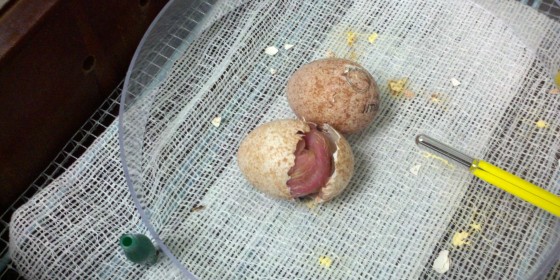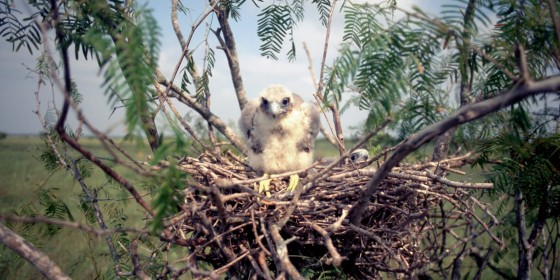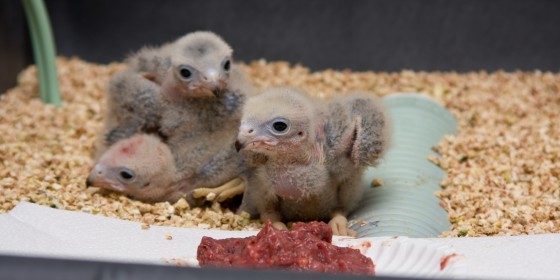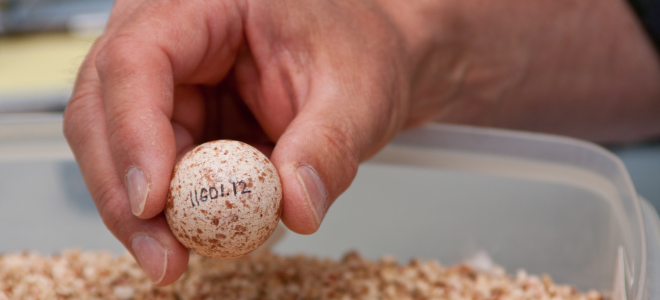With no wild pairs left to contribute to the wild population, captive breeding and wild reintroductions were the first steps to re-establishing a wild Aplomado Falcon population. Fortunately, we were uniquely prepared to lead the captive breeding and release program.

Cal Sandfort
Restoring a vanished species
Our Solutions

Erin Gott
Our Solutions

Paul Spurling







